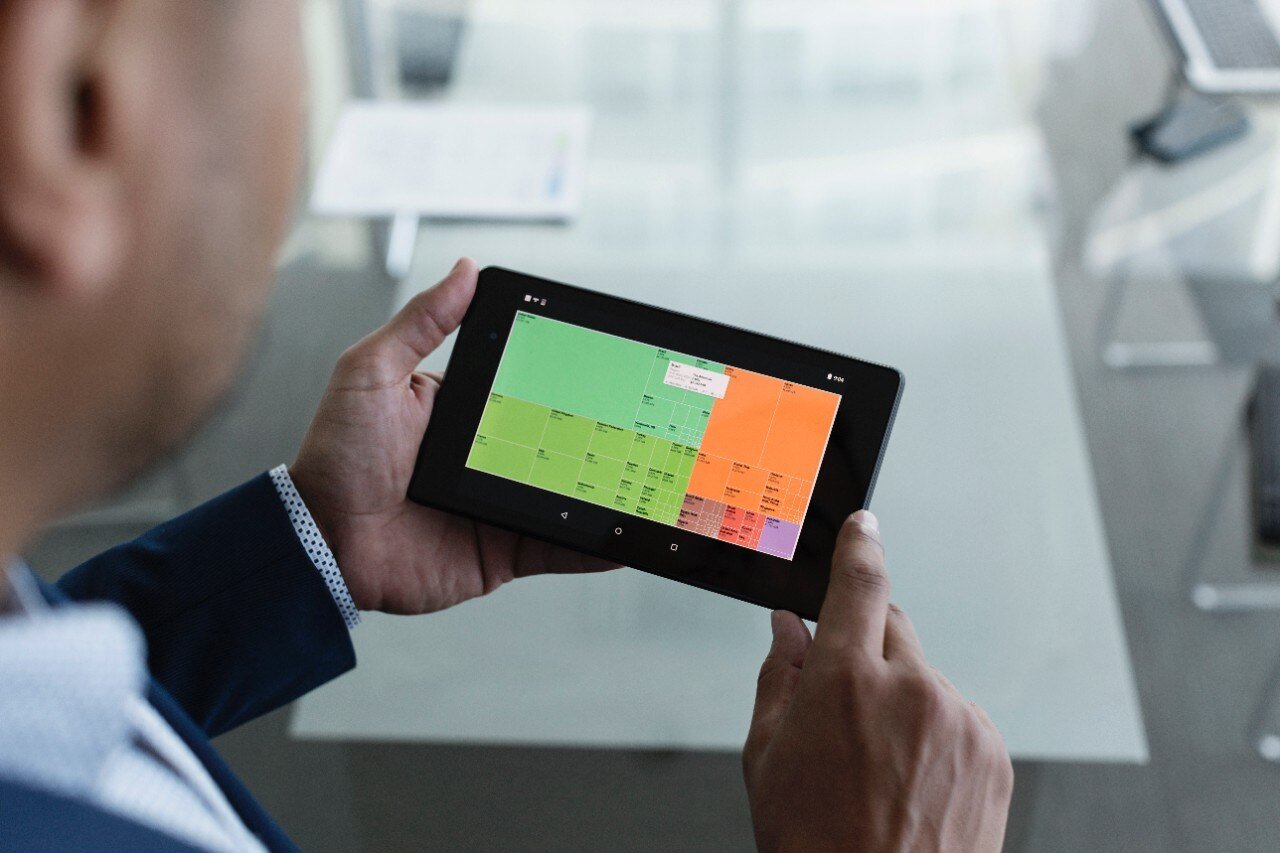A third party entity is any business or organization that collaborates with your business or company. This third party usually provides a service or product directly to your company or indirectly to your customers.
For example, a SaaS company will provide a service directly to your company if you use one of its programs to manage your sales or customer database. An independent delivery company indirectly provides a service to your customers (and directly to your business) by delivering your products to them.
To provide products or services to your company, a third party vendor often requires access to your company's systems or data.
Using a third party brings some risk to your company as your business relies on the security measures that the third party has in place. While third party vendors are responsible for their own security, your business may be affected if there is an incident like a data breach.
On average, most companies or organizations have around 180 vendors connecting to their systems weekly. More than half of companies think that there may have been a breach related to at least one of their vendors.
Organizations need robust TPRM programs (third party risk management) to manage risks, maximize cybersecurity, and keep sensitive information safe. Read on to learn about the importance of TPRM and our best practices for managing third party risk.
What Is Third Party Risk Management?
There is always some risk involved when working with a third party (sometimes called vendors, suppliers, service providers, contractors, or partners). This could be an operational risk if they provide a critical service or product to your business or a security risk if they have access to sensitive data.
Third party risk management (TPRM) is a business's ability to track and evaluate the risk posed by a third party in order to establish whether the risk of partnering with the third party violates company standards or outweighs the benefits.
By tracking the risks a third party poses, a company can thrive within the third party ecosystem and put procedures in place to minimize reputational risk.
Why Do I Need to Think About Third Party Risk Management?
No company is an island. Businesses need other businesses to thrive. However, working with other businesses increases a company's risk. The more third parties a company collaborates with, the higher the risk.
A business can be held liable for any incidents involving a third party, especially if regulatory requirements are not met. The consequences could be litigation, damage to a company's reputation and brand, and cost to a business in terms of revenue.
For a company to maintain its integrity, it must vet any third party vendors carefully. It then needs to monitor these third parties closely to ensure the company's and its customers' safety and security.
Who Is Responsible for Third Party Risk Management?
You or your business and the third party are both responsible for third party risk management. Third party risk management is often abbreviated to TPRM and can also be called vendor risk management (VRM), supplier risk management, vendor management, or supply chain risk management.
It's best to screen and track any third party vendor in order to successfully identify and mitigate any risks they may pose.
Each third party vendor is also responsible for implementing safeguards to limit the risk they may pose to your business and your customers.
What Type of Data Are Vendors Accessing?
Essentially, any information available to a third party may be at risk. This includes data that is directly or indirectly accessible, data that is stored, and data that is transmitted.
Firstly, you need to consider the data that a third party vendor has access to, stores, transmits, and processes. This data could include customer and employee data, personally identifiable information (PII), human resources information, financial records, marketing campaigns, and proprietary data, including plans, coding language, prototypes, designs, and mock-ups.
Third party vendors may also have access to programs, systems, applications, or integrations that may put your company at risk. For example, a third party may have access to a marketing automation or customer relationship management (CRM) system, accounting software, website, or email programs.
The Best Ways to Prevent and Mitigate Third Party Risk
Third party management involves doing lots of homework and conducting a thorough risk assessment. You need to know to who you are giving access to your data and systems.
You want to consider whether a third party vendor is using their own third party vendors (usually called fourth parties) who will also have access to your data and systems or access will only be granted to direct employees in the vendor company.
It could also be beneficial to enquire about the company's work environment. For example, many companies now cater to remote work. Although this is not a definite red flag against using a particular vendor, you must confirm that your data will be kept safe regardless of where the vendor's employees work.
You may want to investigate the security of a remote worker's home-based systems, especially if they will be handling identifiable information or other sensitive data.
One of the first steps in identifying and mitigating vendor risk, improving your cybersecurity, and addressing third party risk is by finding out which vendors you already use and conducting a risk assessment on these organizations. First, think about obvious organizations like suppliers and delivery companies. Then look at less obvious avenues like tools, software, and systems your employees commonly use. Once identified, you can run a risk assessment to establish which data each vendor has access to and how to make this more secure.
As part of your TPRM program, do a thorough screening process when onboarding new vendors. First, calculate the risk by conducting a vendor risk assessment. It may be helpful to allocate a score or risk level to a vendor to keep things objective. You can then decide whether the risk is worth the benefits of onboarding a particular vendor. A security questionnaire like SIG (Standardized Information Gathering (Questionnaire)) could benefit you here. Find out more about SIG here.
Third parties need ongoing monitoring as part of your TPRM program to continuously evaluate their risk profiles and the potential risk this third party relationship poses to your company. You may also need to complete a few internal audits to ensure your compliance with cybersecurity policies. Thorough reporting and record-keeping are crucial while working with third parties. This may not always be practical with simple spreadsheets. Instead, your company may need to invest in third party risk management software. This software makes it easier to track and manage vendor risk.
It isn't always (perhaps never) possible to prevent third party risk completely. There will always be some degree of residual risk. The best way to handle this cyber risk is to ensure that you have processes and procedures to limit the risk as much as possible. Besides a thorough third party risk assessment and continuous monitoring, organizations need a robust incident response plan.
An incident response plan is an action plan that needs to be followed in the event of an incident like a data breach or hack. It is one of the best ways to manage third party risk and sets out what needs to be done if data has been accessed without permission. You may need multiple incident response plans based on different data types and how much access a particular vendor or its employees has.
How Can RiskRecon Help Me?
RiskRecon, a Mastercard Company offers vendor security monitoring. We can help you select new vendors by creating objective assessments for the companies you consider using. In addition, the RiskRecon performance ratings can give you insight into vendor performance. This means that you can save resources by focusing on improving lower-performing vendors.
We offer support when conducting vendor assessments. Our support allows your employees to conduct assessments more efficiently and manage third party vendors more effectively.
By objectively verifying vendor cybersecurity risks performance, RiskRecon can give you insight into how a service provider implements and operates their risk management program. This could provide you with better risk outcomes.
Lastly, we can provide you with the information you need to establish whether any of your vendors are exposed to critical vulnerabilities. This allows you to prioritize efforts towards these third parties.
Third party risk management involves knowing which third parties you work with, what data, programs, and systems they have access to, and how to mitigate the risks involved with collaborating with them. Although a third party is responsible for managing its own risk, your business may also be held accountable and should be independently managing risk. Therefore, it is crucial that you have robust third party risk management processes in place. Take a look at the RiskRecon demo to find out how we can help you.







